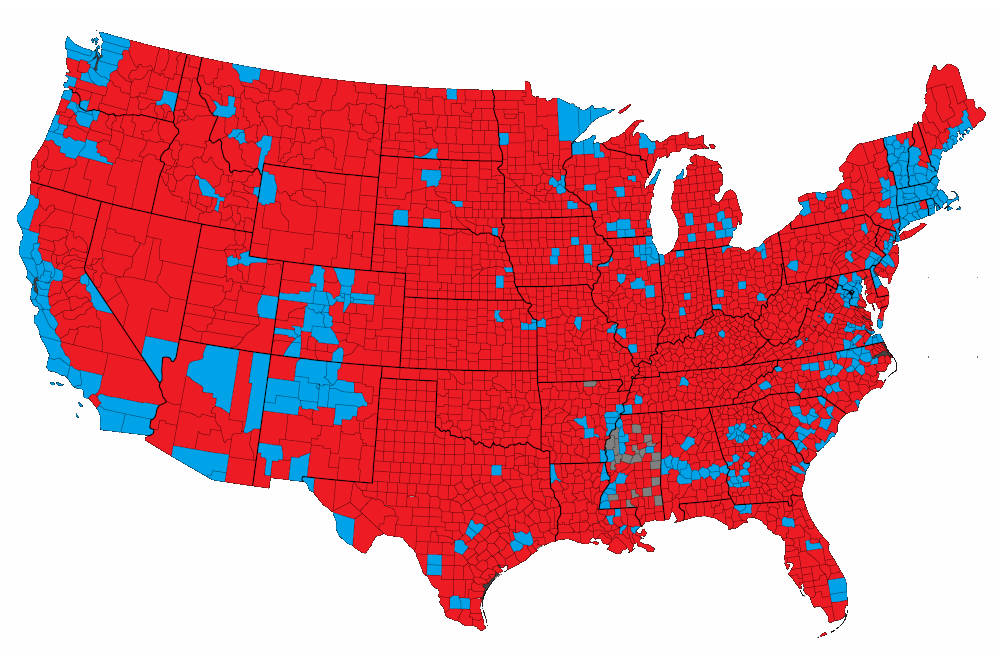
For decades, America’s political map seemed locked in place—coastal blue states supporting Democrats and middle America leaning red. But that map is shifting. Once-reliable blue states are showing signs of turning red, and the reasons behind this quiet revolution reveal deep frustration with progressive leadership and a growing appreciation for conservative principles.
From families leaving high-tax cities to entrepreneurs fleeing overregulation, the trend is clear: Americans are voting with their feet—and with their ballots.
Panaprium is independent and reader supported. If you buy something through our link, we may earn a commission. If you can, please support us on a monthly basis. It takes less than a minute to set up, and you will be making a big impact every single month. Thank you!
The Great Migration: Americans Seeking Freedom and Opportunity
Over the last few years, millions of Americans have moved away from large, liberal states like California, New York, and Illinois, heading toward red states such as Texas, Florida, and Tennessee.
According to census data and moving company reports, this isn’t just a financial shift—it’s a cultural one. People are escaping high taxes, rising crime, and political overreach for affordable living, safer communities, and stronger values.
But what’s even more significant is that this migration isn’t only changing red states—it’s beginning to reshape the politics of blue states themselves. As residents demand accountability and balance, cracks are appearing in the once-solid Democratic strongholds.
Economic Realities Are Redrawing the Map
1. The Tax Exodus
In blue states, high taxes and runaway spending are driving away both families and businesses. California and New York impose some of the highest tax rates in the country, while red states like Florida and Texas have no state income tax.
People are waking up to the reality that economic freedom creates prosperity. When workers and business owners see how red-state policies allow them to keep more of what they earn, the appeal of conservative fiscal policy grows—often even among lifelong Democrats.
2. The Cost-of-Living Crisis
Progressive policies on housing, energy, and labor have made life in many blue states unaffordable. From skyrocketing rent in Los Angeles to endless utility fees in New Jersey, working families feel the squeeze.
Meanwhile, red states offer lower housing costs, business-friendly environments, and affordable energy, all while maintaining strong economies. As middle-class families seek relief, they begin questioning the liberal policies that caused their financial struggles.
Cultural Backlash: Families Pushing Back Against Progressive Agendas
Beyond economics, many Americans are leaving blue states because of cultural exhaustion.
-
Education: Parents are rejecting schools that push divisive ideologies instead of academic excellence.
-
Crime and Safety: “Defund the Police” movements in big cities have led to spikes in violent crime, leaving communities desperate for law and order.
-
Freedom and Values: Many families feel alienated by aggressive progressive social policies that clash with their moral and religious beliefs.
When families relocate or begin voting differently, it’s not just about money—it’s about preserving their way of life.
The Political Awakening of Working-Class Voters
For years, Democrats relied on the working class as their political base. But today, that alliance is breaking down.
In manufacturing towns, suburbs, and rural areas, blue-collar voters are turning toward conservative candidates who speak directly to their concerns:
-
Energy independence instead of climate mandates that destroy jobs.
-
Border security instead of open-border policies that strain local economies.
-
Economic empowerment instead of endless welfare dependency.
These voters see that progressive elites are out of touch with everyday Americans. As a result, many blue states are witnessing a quiet but steady red shift among working families who once identified as Democrats.
Failed Progressive Policies Are Losing Support
It’s becoming increasingly difficult for progressive leaders to defend their results:
-
Homelessness: Cities like San Francisco and Los Angeles are spending billions on “solutions” that only make the crisis worse.
-
Crime: Policies that reduce penalties or eliminate bail have turned once-great cities into unsafe environments.
-
Energy and Environment: Green energy mandates drive up prices without delivering reliable power.
-
Public Spending: Massive debt and government expansion have failed to solve the very problems they were supposed to fix.
As frustration grows, voters begin seeking alternatives—often in the form of conservative policies focused on accountability, responsibility, and results.
Red State Success Stories Inspire Change
Conservative-led states are providing a powerful counterexample.
Florida: Freedom and Prosperity
Governor Ron DeSantis’s leadership during the pandemic showed that limited government and personal responsibility work. The state’s booming economy and low unemployment continue to attract residents from across the country.
Texas: Opportunity and Innovation
Texas’s commitment to free markets and individual liberty has made it a magnet for businesses fleeing overregulation. Its pro-family, pro-growth environment demonstrates that conservative governance can create widespread prosperity.
Tennessee and the Carolinas: Balancing Tradition and Growth
These states show that it’s possible to combine economic growth with conservative cultural values. Their success appeals to voters tired of ideological experiments in blue states.
When blue-state residents see what’s working elsewhere, they start voting for similar change at home.
Urban and Suburban Shifts: The New Battlegrounds
The red shift isn’t happening only in rural areas—it’s expanding into suburban and even urban regions of traditionally blue states.
-
In New York: Voters on Long Island and in upstate counties are rejecting crime-friendly policies from Albany.
-
In California: Orange County, once written off by conservatives, is becoming competitive again.
-
In Washington and Oregon: Families in suburban areas are pushing back against tax hikes and lax crime policies.
These local shifts might seem small, but over time, they build into major political realignments.
The Role of Independent and Hispanic Voters
One of the biggest surprises in recent elections is the growth of conservative support among Hispanic and independent voters in blue states.
-
Hispanic families, often guided by faith, hard work, and traditional values, increasingly reject progressive cultural agendas.
-
Independent voters are abandoning Democratic candidates who prioritize ideology over practical results.
This growing coalition—rooted in family, faith, and freedom—is reshaping the political landscape from the ground up.
Media and Messaging: The Conservative Comeback
While mainstream media outlets still lean liberal, the rise of independent conservative media is giving voters new perspectives. Platforms like YouTube, Rumble, and podcasts are helping expose the failures of progressive policies while amplifying stories of red-state success.
Conservatives are learning to communicate more effectively—using facts, storytelling, and authenticity to reach Americans tired of media spin. This messaging revolution is helping conservative ideas resonate even in places once dominated by left-wing narratives.
What This Shift Means for America’s Future
If blue states continue trending red, it could reshape American politics for a generation.
-
National Elections: Swing states could multiply, creating new paths to conservative victories.
-
Policy Innovation: As states compete for residents and businesses, conservative policies will gain credibility nationwide.
-
Cultural Renewal: The movement of families and faith-driven communities into leadership roles can revive moral and civic values.
This isn’t just about partisanship—it’s about a broader shift toward freedom, accountability, and community.
How Conservatives Can Keep the Momentum
To ensure that the red wave continues spreading into blue territory, conservatives should:
-
Invest in Local Elections: School boards, city councils, and county offices shape policy from the ground up.
-
Engage New Voters: Focus on Hispanic, working-class, and independent voters who share conservative values but feel politically homeless.
-
Show Results: Highlight the success of red-state governance through storytelling and local outreach.
-
Build Community Networks: Strengthen conservative influence through churches, small businesses, and local organizations.
-
Stay Consistent: Focus on principles—faith, freedom, family, and fiscal responsibility—that unite Americans across backgrounds.
With patience and persistence, conservatives can turn temporary frustration into lasting political realignment.
Conclusion
The slow but steady red shift in some blue states isn’t just a political trend—it’s a reflection of a nation rediscovering common sense.
When families, workers, and entrepreneurs see that progressive policies bring chaos and stagnation, they naturally turn toward the principles that built America: freedom, responsibility, and opportunity.
The message is clear: when conservative policies work—and they do—people notice. And no matter how blue a state once was, the color of common sense is always red.
Call to Action
Support local conservative candidates in blue states. Share success stories from red-state governance. Encourage open conversations about freedom, opportunity, and faith.
Because every time Americans stand up for these values—no matter where they live—they help bring their state one step closer to red.
Was this article helpful to you? Please tell us what you liked or didn't like in the comments below.
About the Author: Alex Assoune
What We're Up Against
Multinational corporations overproducing cheap products in the poorest countries.
Huge factories with sweatshop-like conditions underpaying workers.
Media conglomerates promoting unethical, unsustainable products.
Bad actors encouraging overconsumption through oblivious behavior.
- - - -
Thankfully, we've got our supporters, including you.
Panaprium is funded by readers like you who want to join us in our mission to make the world entirely sustainable.
If you can, please support us on a monthly basis. It takes less than a minute to set up, and you will be making a big impact every single month. Thank you.





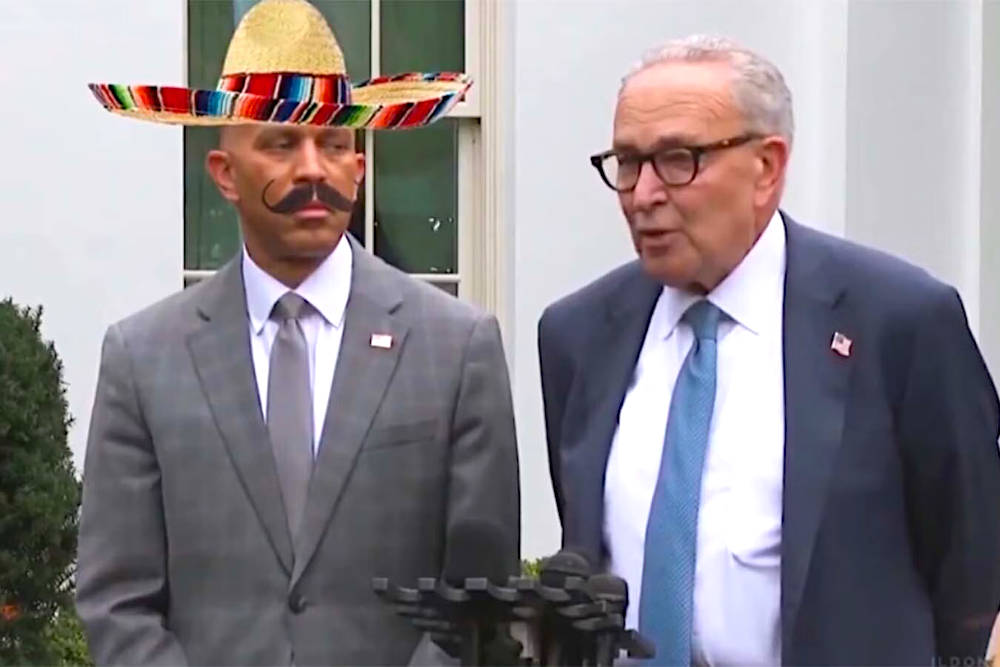
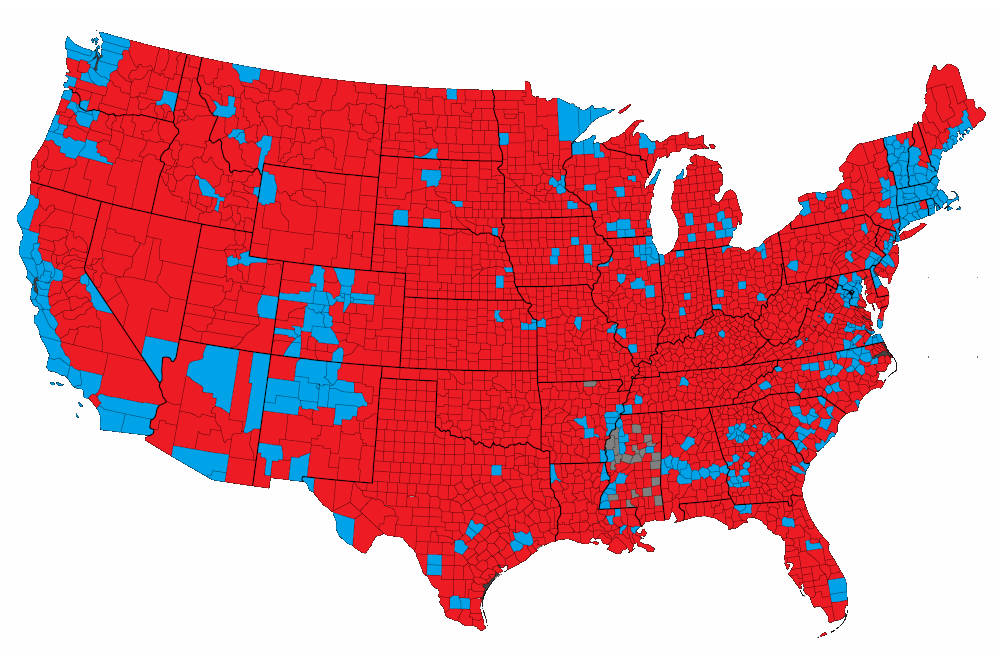




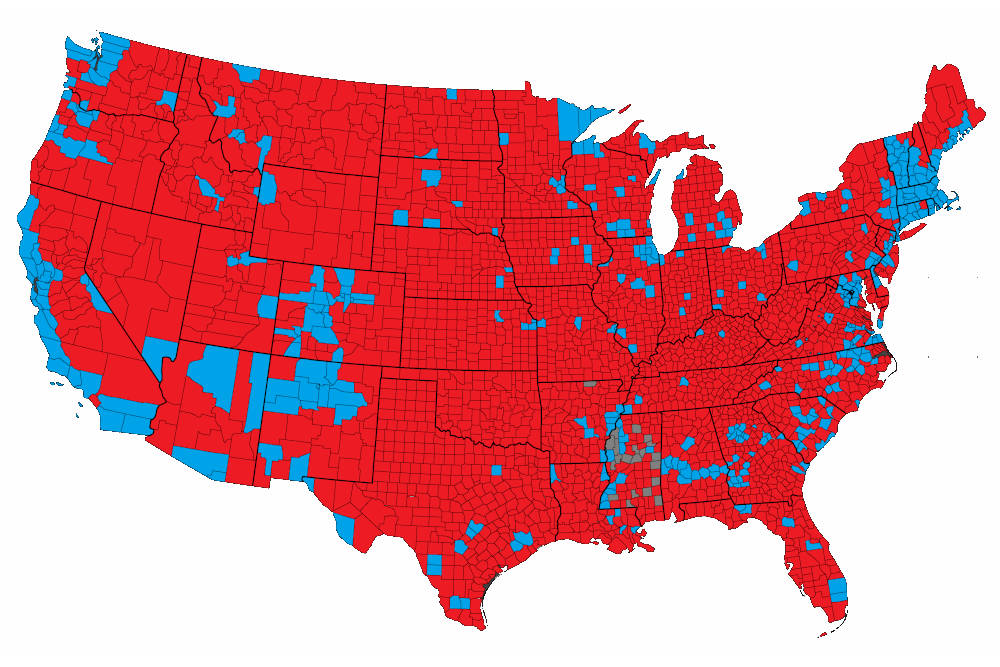





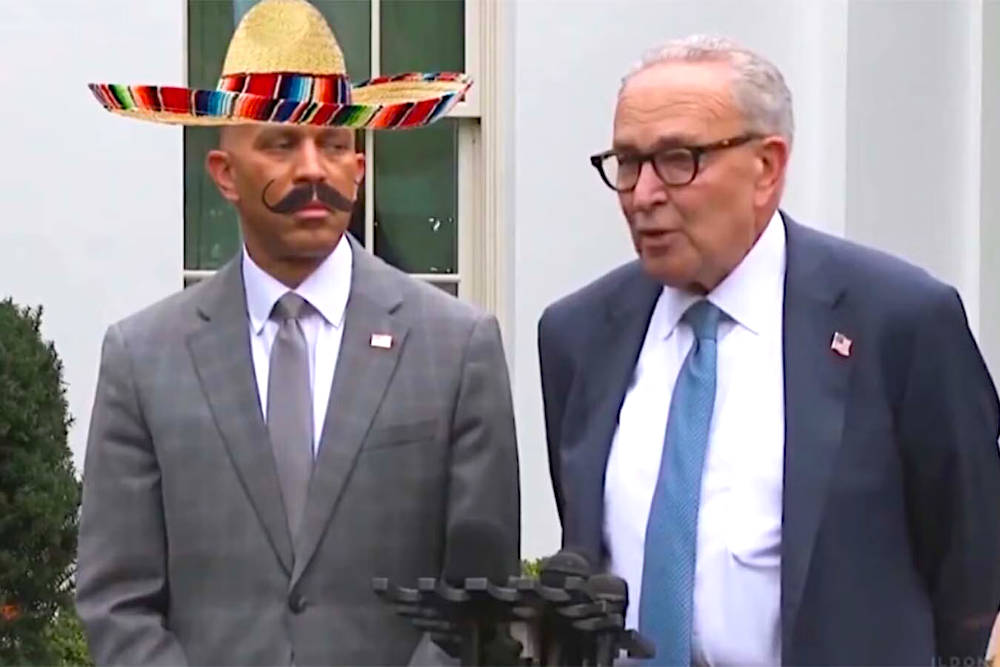
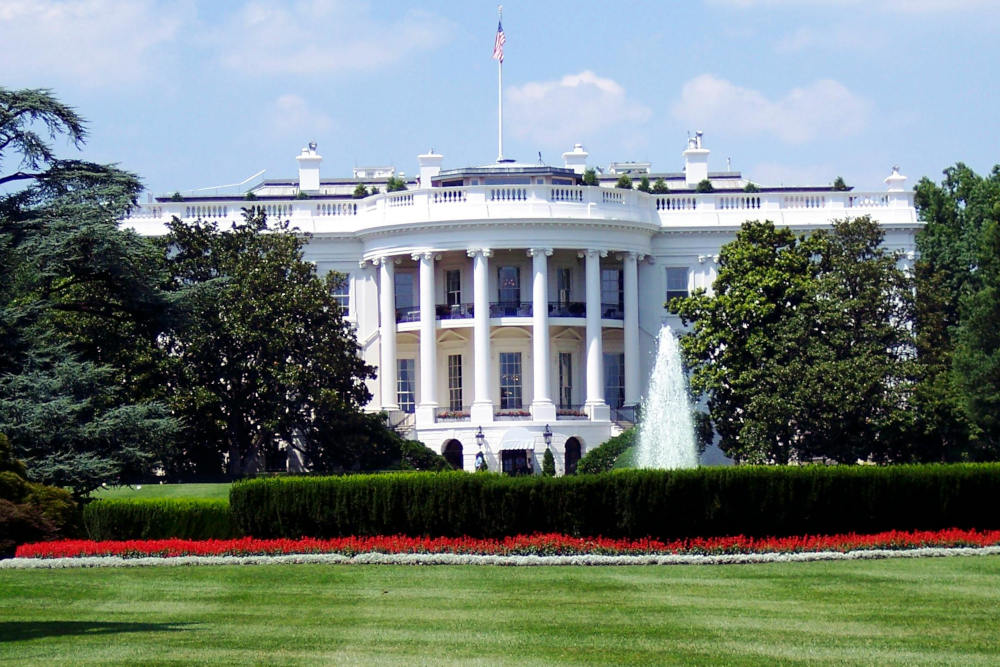



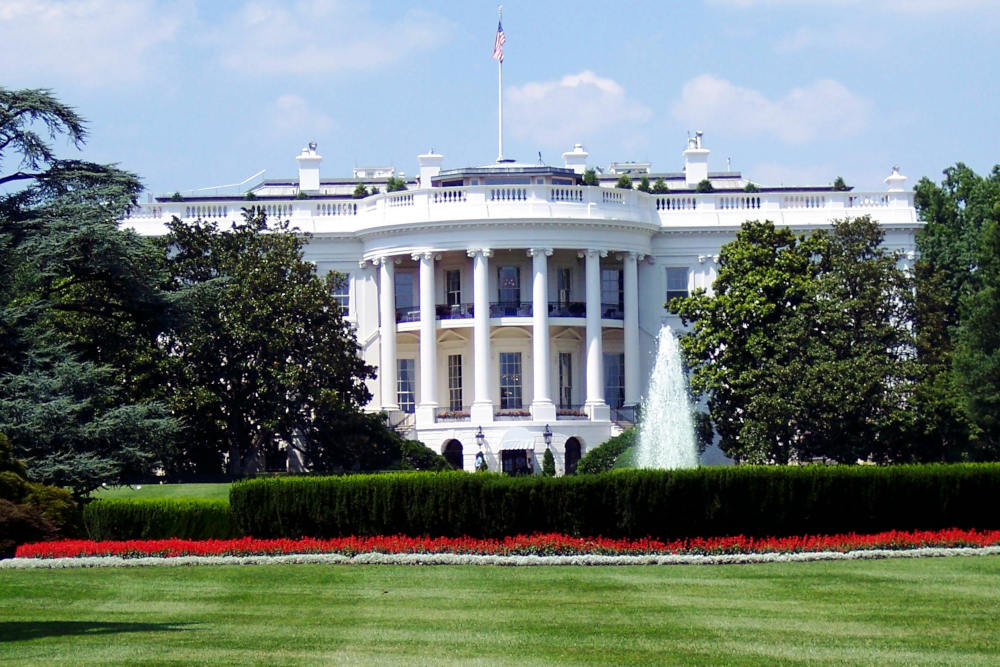



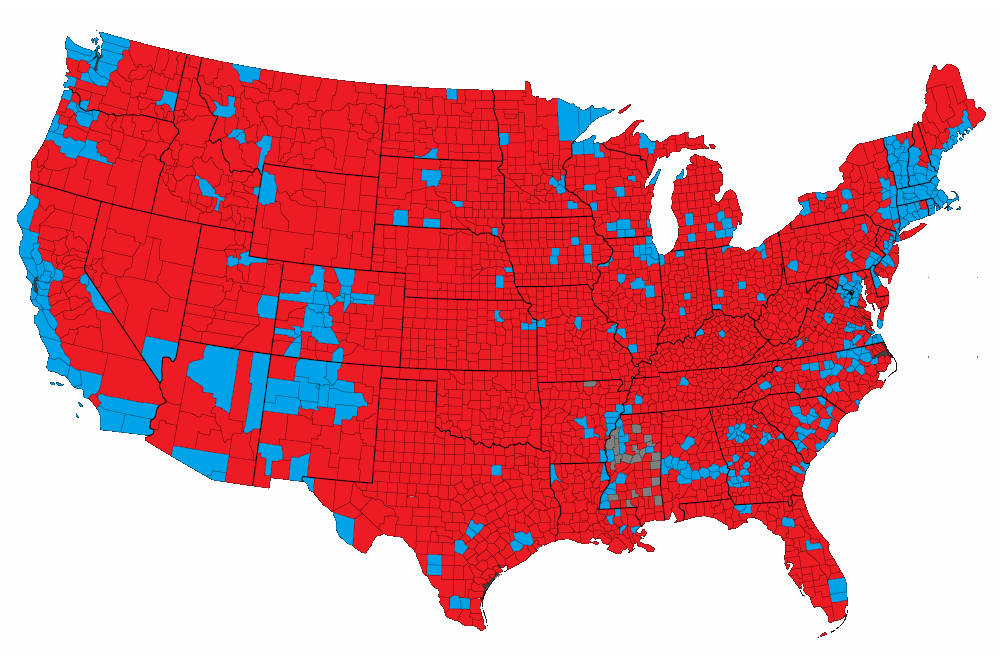




0 comments